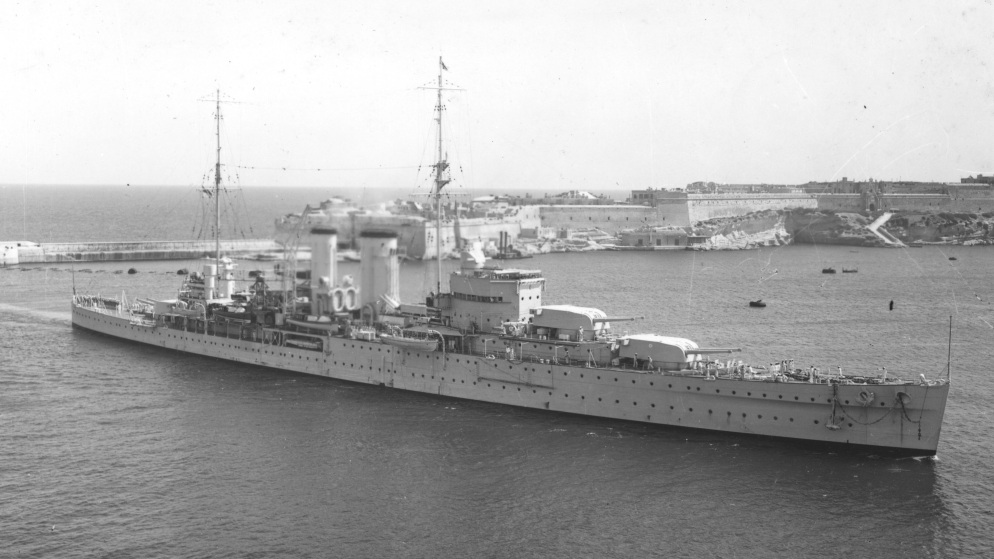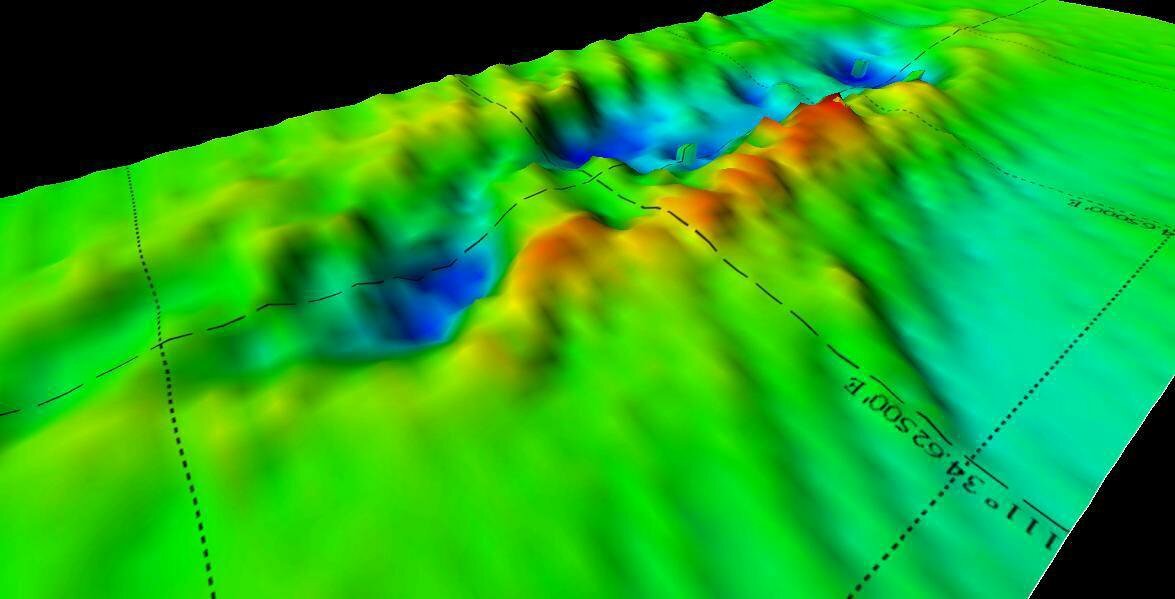
Home Contact Charlestown Prison Writings Interviews Articles Controversy
World War II warships, submarines are being stolen off the ocean floor
Undersea scavengers are first blowing up, then looting WWI-era grave sites for the metal and materials on-board the old fighting ships. -Joel Hruska November 18, 2015

On February 27 1942, an Allied force consisting of two heavy cruisers, three light cruisers, and nine destroyers faced off against the Imperial Japanese Navy in what's now known as the Battle of the Java Sea. The battle was a massive defeat for the Allied fleet, which contained ships from the Australian, Dutch, UK, and American navies. Over the course of the engagement, two Allied light cruisers and three destroyers were sunk, while one of the heavy cruisers was badly damaged. The Japanese, in contrast, lost no ships and suffered damage to just one destroyer.
The area where the battle took place is now considered a graveyard, given that more than 2300 sailors were killed in the engagement. But a recent mission to the area to film the sunken vessels as part of commemorating the 75th anniversary of the battle has discovered that many of the wrecks have vanished off the ocean floor.
According to the Guardian(Opens in a new window), the HNLMS De Ruyter and HNLMS Java, both Dutch ships, are completely missing, while a large chunk of the HNLMS Kortenaer is gone as well. Other vessels, sunk in the same battle or in close proximity to it, are also missing. The British vessels HMS Exeter ad HMS Encounter, and the USS Perch (a United States submarine, SS-176) have all been completely removed from the ocean floor. This isn't a case of mistaken identification, either -- sonar scans confirmed the one-time location of the ships, as shown below:

These sonar images show where the ships were, but they've now vanished.
These wrecks were found in the early 2000s, but are believed to have been targeted by metal scavengers. So-called low-background steel is useful, both as scrap metal and because no metal produced after the detonation of the first atomic weapons in 1945 can be used for applications that require rock-bottom minimal amounts of innate radiation exposure. Modern steel is made by various processes, but they all rely on atmospheric oxygen, and the air around Earth has low background levels of radionuclide that make it unsuitable for Geiger counters and other medical equipment. The German fleet sunk at Scapa Flow after World War I has been one source of this material, but ships like the ones mentioned above would work just as well.
According to the Guardian, the wrecks have been surreptitiously targeted before, but scavengers have grown more bold of late. Reports suggest that ships are being blown apart with explosives, then scavenged for hardware. There are more than 100 vessels around Indonesia, Singapore, and Malaysia, and a number of skirmishes and assaults were fought in these areas. The British investigated their own losses after the Dutch reported that the LNLMS De Ruyter and HLMS Java were missing.
It's unclear what, if anything, can be done to prevent these scavenging operations -- the ocean is huge, covered in shipwrecks in certain areas, and the resources for monitoring these underwater grave sites are fairly limited. Salvagers are known to use air hoses and long dive times to hide themselves as fisherman, and the bronze, steel, copper, and brass scrap hauled out of the ocean can be worth a pretty penny. Still, this is a reminder that many of these ships aren't just wrecks but graves, places where hundreds or thousands of sailors lost their lives. They should be left undisturbed for that reason alone.